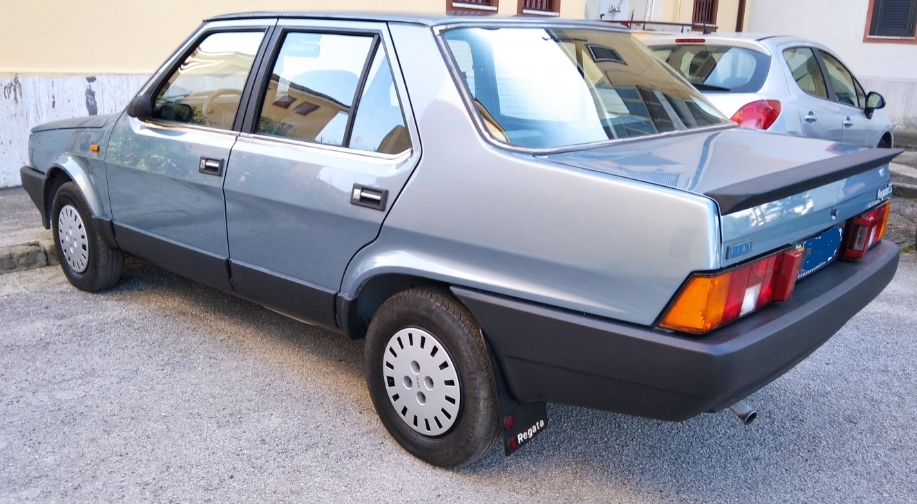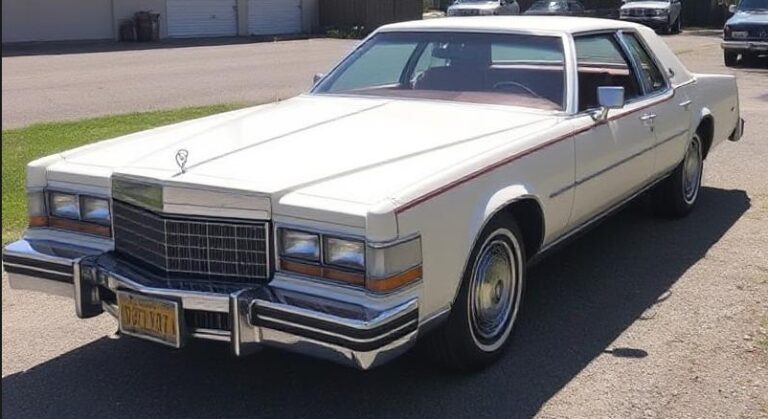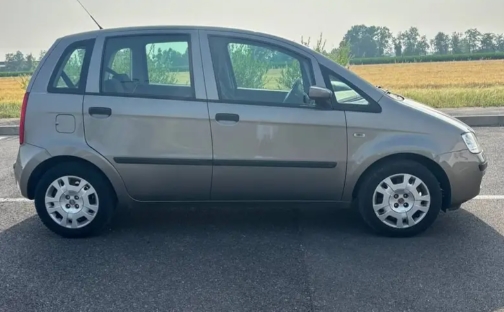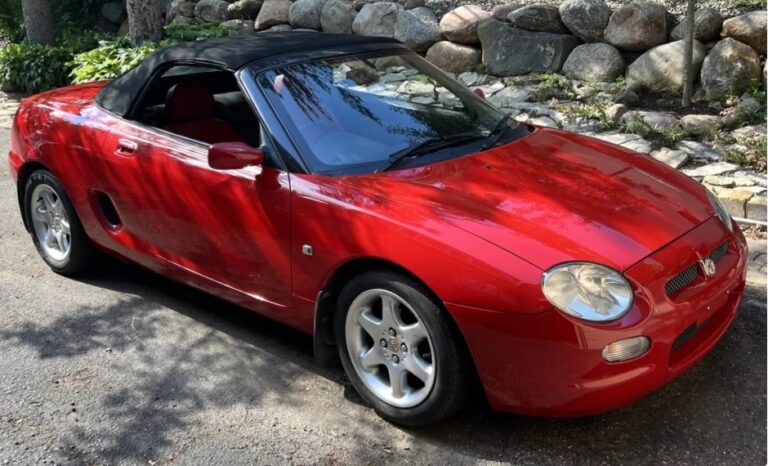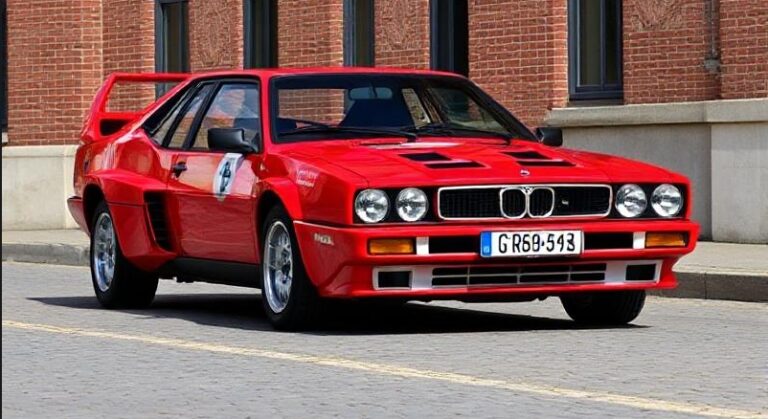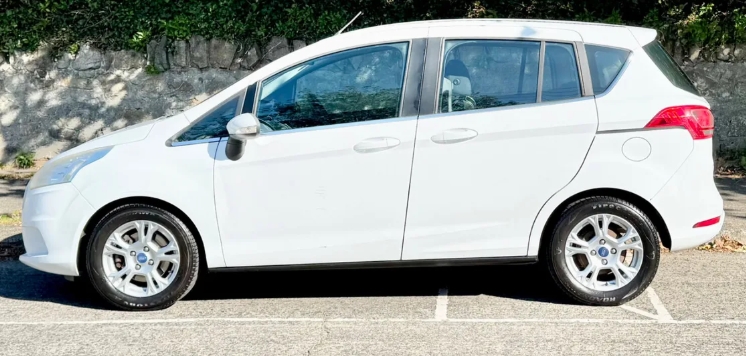The Evolution of the Fiat Regata
The Fiat Regata stands as a notable chapter in Fiat’s history, reflecting the company’s efforts to cater to the European family car market during the late 20th century. Introduced as a practical, affordable, and versatile vehicle, the Regata underwent several updates and model variations from its inception in the early 1980s to its eventual discontinuation in the early 1990s. This article traces the full evolution of the Fiat Regata, detailing its production timeline, model variants, and trim levels.
Origins and Introduction (1983)
The Fiat Regata was launched in 1983 as a successor to the Fiat 131 Panorama, aiming to fill the mid-sized family car segment. It was developed primarily for the European market, offering a practical hatchback and station wagon alternative to more expensive imports. The Regata was built on Fiat’s Type Three platform, which it shared with models like the Fiat Regata’s sibling, the Fiat Ritmo (known as the Strada in some markets).
Design & Features:
The Regata featured a boxy, functional design characteristic of the era. Its straightforward styling prioritized utility and comfort over flair. The car was available in several body styles, including:
- 4-door sedan
- 5-door hatchback
- 5-door station wagon (later introduced)
Powertrain Options:
Initially, the lineup consisted of carbureted gasoline engines ranging from 1.3L to 1.6L, with diesel options introduced later. The focus was on fuel economy and reliability, essential for family and fleet buyers.
First Generation (1983–1989)
The first-generation Fiat Regata was produced from 1983 through 1989. During this period, the car received various updates and expanded its model lineup.
Models & Trim Levels:
- Regata 60: The base model equipped with a 1.3L carbureted engine producing approximately 60 horsepower. It offered basic features suitable for budget-conscious buyers.
- Regata 70: Powered by a 1.3L engine with slightly increased output, and often came with additional comfort features.
- Regata 75: Featured a 1.6L engine delivering around 75 horsepower, aimed at customers seeking a bit more performance.
- Regata SL: The “Sport Luxury” trim, introduced later, offering upgraded interior features and exterior styling cues.
- Regata Super: A higher-spec version with improved interior trim, better upholstery, and additional equipment.
- Station Wagon (Regata Weekend): Launched in 1984, this body style was designed for practical family use, with increased cargo capacity.
Major Updates & Variants:
Throughout its production run, the first-generation Regata received minor facelifts, primarily in 1986, which included:
- Slight restyling of the grille, bumpers, and headlights
- Introduction of new interior fabrics and dashboard layouts
- Upgraded suspension and safety features
Diesel Variants:
In 1985, Fiat introduced a 1.7L diesel engine, providing an efficient alternative for fleet buyers and those seeking better fuel economy. Diesel models were designated as “D” versions, such as the Regata 70 D.
Market Position:
The first-generation Regata was largely aimed at European markets, particularly Italy, Spain, and Eastern Europe. It was appreciated for its spacious interior, reliability, and affordability.
Second Generation & Facelift (1989–1995)
The second generation of the Fiat Regata was launched in 1989, marking a significant redesign that aligned with contemporary automotive styling trends. While maintaining the core concept of a practical family car, the new Regata featured more modern aesthetics and improved engineering.
Design & Engineering:
- Rounded, aerodynamic body styling
- Improved safety features, including reinforced structures
- Better sound insulation and interior comfort
Models & Trim Levels:
The second-generation lineup expanded, with the following main variants:
- Regata 60S: Base model with 1.3L carbureted engine
- Regata 70S/70SL: Slightly more equipped with a 1.3L engine, available in standard and sporty trims
- Regata 75S/75SL: Equipped with 1.6L engines, with the “SL” indicating a higher trim level
- Regata SX: A sportier trim with additional styling cues and interior features
- Regata Weekend: The station wagon version continued to be offered, with improved cargo space and comfort
Engine Options:
- 1.3L carbureted and fuel-injected engines
- 1.6L petrol engines
- Diesel variants: 1.7L naturally aspirated and 1.9L turbo diesels, introduced in the early ’90s for efficiency
Special Editions & Variants:
In the early 1990s, Fiat released special editions to boost sales, such as:
- Regata Sporting: Featuring sportier styling, alloy wheels, and upgraded interiors
- Regata SX: Focused on a more youthful, sporty market segment
Discontinuation:
By the mid-1990s, the Regata was increasingly outdated compared to newer competitors, and production ceased around 1995. It was replaced by models like the Fiat Bravo and Brava, which offered more modern styling and technology.
.
Many car aficionados have multiple hobbies, like boating as well as auto stuff. Those who don’t already own a boat (and even some that do), may have thought about building their own boats. It’s really not as hard as you’d think. Just take a look at these easy boat building plans!

.
Summary of Production Years and Models
| Year Range | Production Period | Notable Models & Trim Levels | Notes |
|---|---|---|---|
| 1983–1989 | First Generation | Regata 60, 70, 75, SL, Super, Weekend | Basic models, introduced station wagon |
| 1989–1995 | Second Generation | Regata 60S, 70S/SL, 75S/SL, SX, Weekend | Modernized styling, more engine options, diesel variants |
The End of the Line
The Fiat Regata’s production spanned over a decade, marking it as a significant model for Fiat during the 1980s and early 1990s. Its adaptability and range of variants made it a versatile choice for families, fleet operators, and budget-conscious buyers. Despite its eventual discontinuation, the Regata’s legacy persists among enthusiasts and collectors, especially in markets where it served as an affordable, reliable vehicle.
Legacy and Impact
While not as globally renowned as some of Fiat’s other models, the Regata played a crucial role in maintaining Fiat’s presence in the mid-sized family car segment during its era. Its transition from basic models to more refined versions reflected broader industry trends towards comfort, safety, and efficiency.
Today, the Fiat Regata remains a nostalgic reminder of 1980s and 1990s European automotive design and engineering. Its straightforward mechanics and practical design continue to make it a popular candidate for restoration and preservation among classic car enthusiasts.
In Summary:
- Produced: 1983–1995
- Primary Markets: Europe, especially Italy, Spain, Eastern Europe
- Body Styles: Sedan, hatchback, station wagon
- Engines: 1.3L, 1.6L petrol; 1.7L, 1.9L diesel
- Trim Levels: From basic (Regata 60) to sporty (SX, Sporting), luxury-focused trims (SL, Super)
- Legacy: A reliable, versatile family car that evolved over its 12-year lifespan to meet changing market demands
